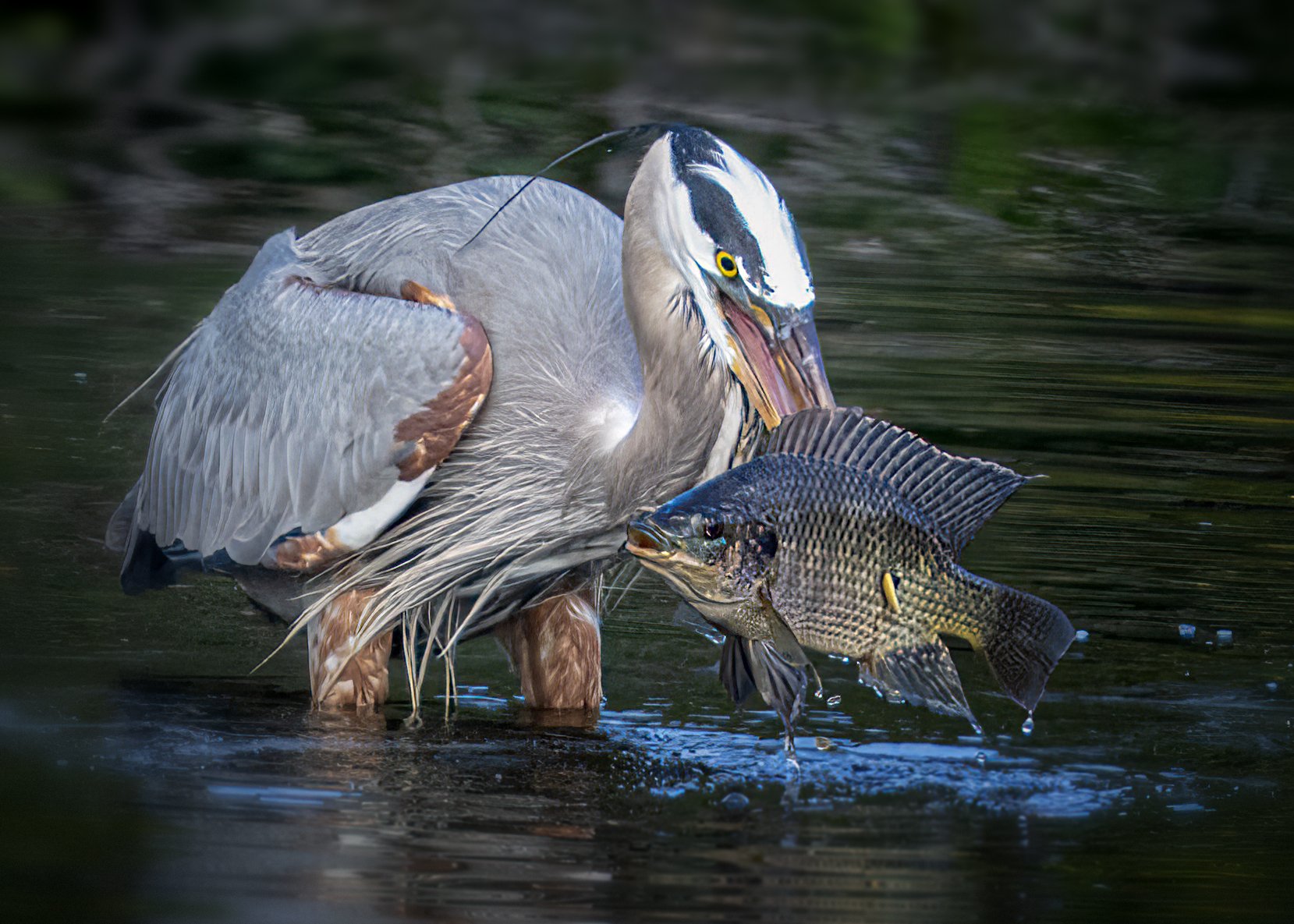I am turning 75 next year, but I still feel like a kid (most of the time)!
With that thought in mind, here are my “7 Suggestions for Not Feeling Like You’re In Your 70s.”
But first, if you are young and think your 70s are a long way off, keep this quote in mind:
“You are now where I once was, I am now where you one day will be.”
Okay, let’s go!
1 - Exercise, and make exercising fun! I ride my bike almost every day, even when it’s in the low 30s here in Croton on Hudson, NY. It’s a ton a fun. I’m in the moment when I’m riding.
I say “make it fun” because I see bikers and runners who actually looked stressed out…. trying to beat a time or whatever. So, keep it fun!
As an aside, being healthy is insurance in case you get seriously injured, as I did when I broke my ankle in July 2021. Had I not be healthy and in good shape, my surgeon said my recover time would have been much longer.
And when I had to keep off my ankle for about six weeks, I exercised the working parts of my body four times a day, which also aided in my recovery.
2 - Eat healthy. Simply put: Nothing tastes as good a skinny feels. ‘Nuf said.
3 - Remember that you never really change. Know in your mind that you are always the same person. I’m the still the same person inside that I was at Woodstock in 1969. Just ask Susan Sammon!
Here’s a short homily that I found on the web that illustrates that point: “I asked an elderly man once what it was like to be old and to know the majority of his life was behind him. He told me that he has been the same age his entire life. He said the voice inside of his head had never aged. He has always just been the same boy. His mother's son. He had always wondered when he would grow up and be an old man. He said he watched his body age and his faculties dull, but the person he is inside never got tired. Never aged. Never changed. “
Our spirits are eternal. Our souls are forever. The next time you encounter an elderly person, look at them and know they are still a child, just as you are still a child and children will always need love, attention and purpose.
4 - Play music/learn an instrument. Playing music is relaxing and can be like a meditation. It can also bring you back, in your mind, to your youth . . . especially if you play songs from your youth. Hey, I have some free guitar and piano lessons here.
5 - Making Home-Cooking Fun. Going out to dinner sure can be fun. But cooking healthy meals at home is both therapeutic (because you are in the moment and because you are creating something) and fun. Here I am making a healthy pizza in my Roccbox Pizza Oven. That’s another healthy pizza in the background on the table.
A bonus tip here: Wear a fun t-shirt. I always feel better/younger when I wear a t-shirt as opposed to a collared shirt.
6 - See and Photograph a Sunrise. I tell folks who come on my workshops and photo tours that getting up in the dark for a sunrise is not fun, but seeing and photographing a sunrise is always fun. Seeing a sunrise (New Croton Dam pictured here) is magical experience . . . one with a wonderful sense of renewal and the feeling of a new beginning. So, get up and see the sun. Remember: You snooze your lose and you can sleep when you’re dead.
Photographing wildlife - and getting in touch with nature - is also rewarding and invigorating. It also helps you focus, in more ways than one.
7 - Have Happy Hour Every Day. Having happy hour ever day (even with non-alcoholic beverages) is important becasue it signals the end of the work/business day and the beginning of personal time. If you don’t break up your day, everything blends together.
Well my friends - children of all ages - PLJ (Peace, Love and Joy) . . . as we used to say in the 1960s and I still say today.
Rick
P.S. If you like this post and need some photo motivation, check out my book, Photo Therapy, Motivation and Wisdom. It’s my best selling book, out of my 43 books. Yet, it does not include a single photograph.
























